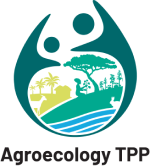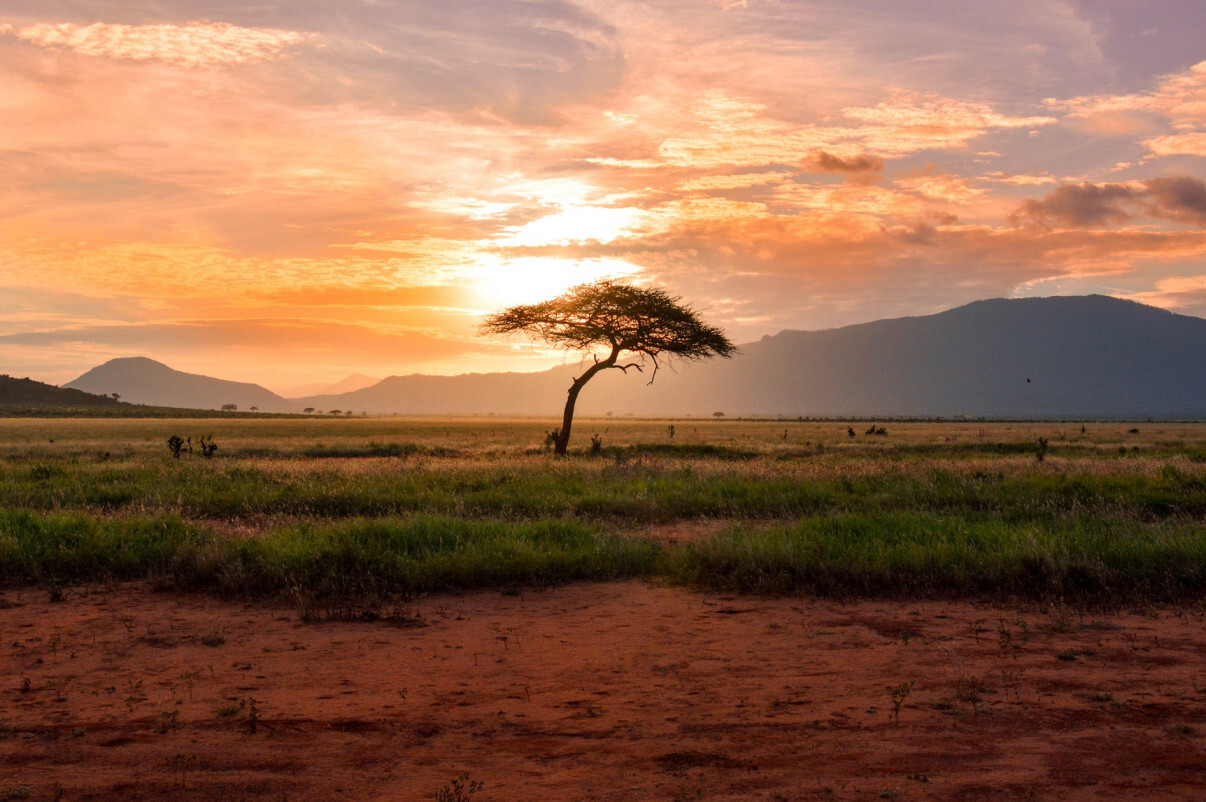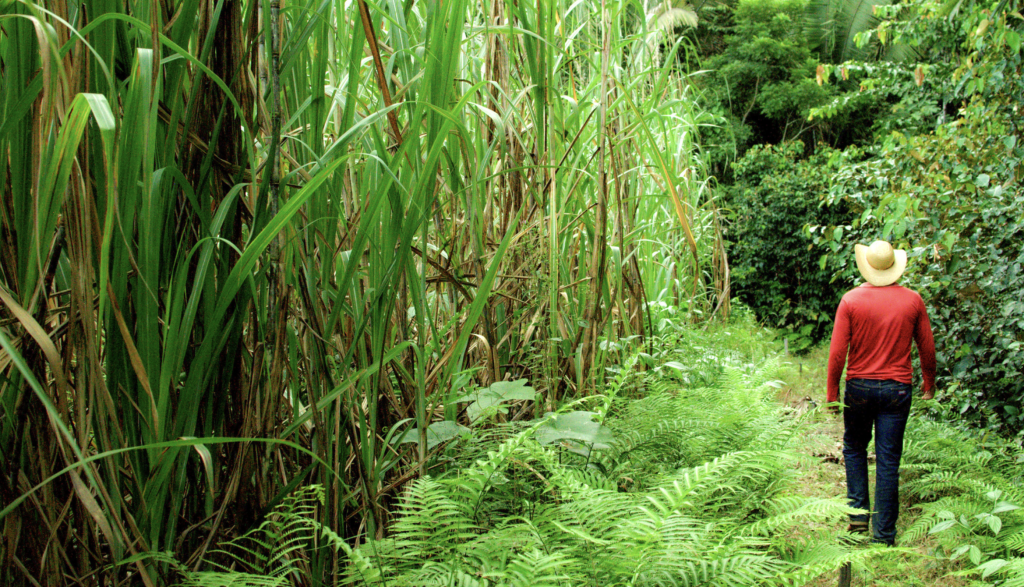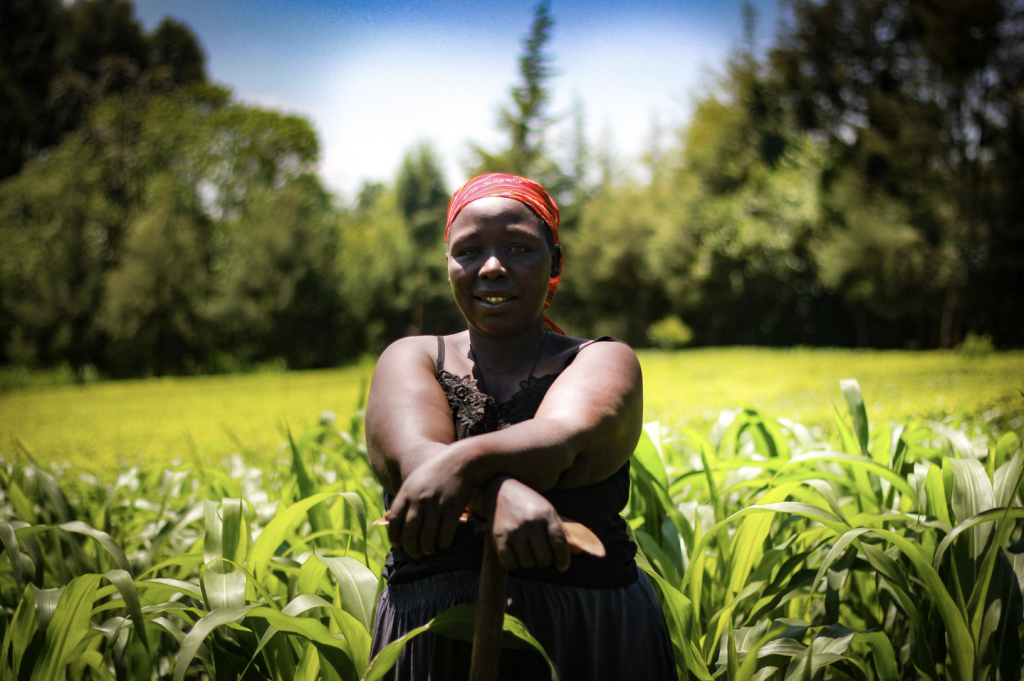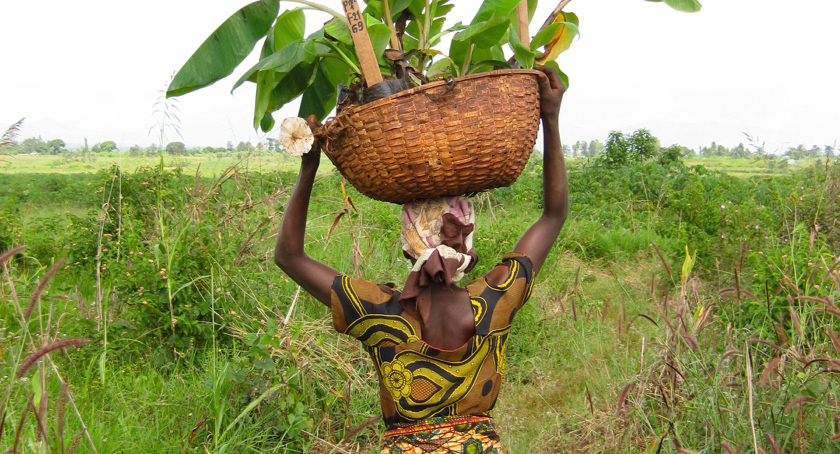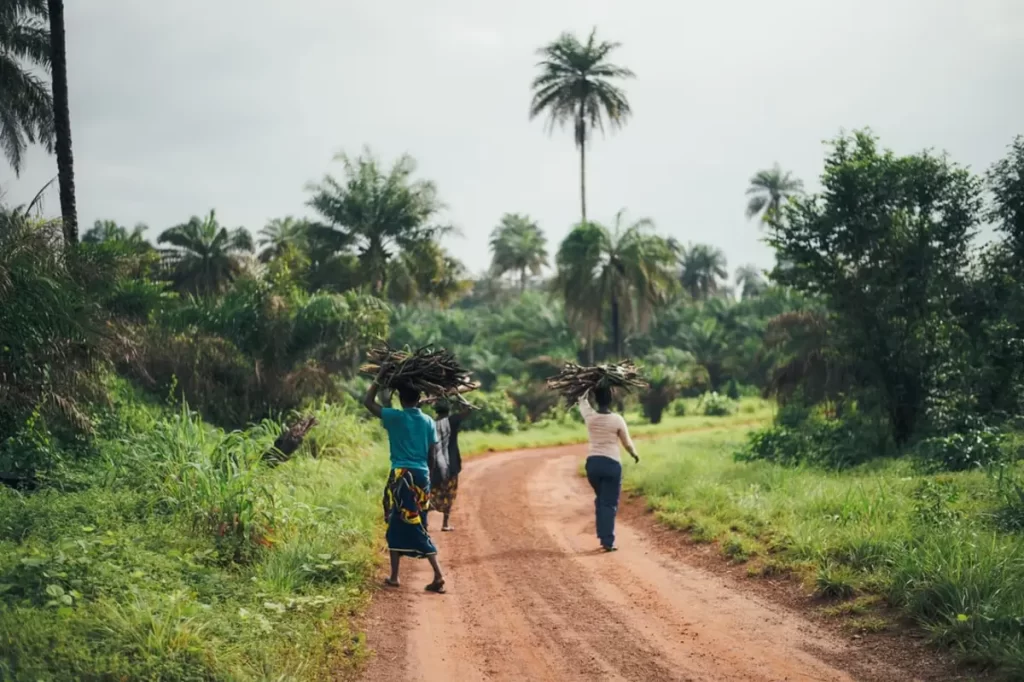The social ecology of rangelands in changing savanna environments
The stewardship of rangelands in Africa is undermined by overstocking and land degradation, entailing the potential collapse of the existing social-ecological rangeland system. One key factor of rangeland degradation and key driver of their conversion to other land uses is the spread of alien invasive plant species that affect both the environment and pastoral livelihoods. Invasion has been observed to massively accelerate in recent years, with land management, conditions of water availability, and soil fertility shaping the observed spread dynamics.
In addition, factors such as policies (i.e., act to sedentarize nomadic pastoralists, Land Act), physical insecurity and violent conflicts, as well as infrastructure developments (road construction, geothermal development and associated ‘infrastructuring’) are likely to drive system shifts, which, in turn, may accelerate invasive spread dynamics. The seasonal availability and quality of pasture are increasingly restricted by the expansion of crop agriculture and the establishment of wildlife conservancies. Further, rainfall variability drives seasonal and inter-annual variability in the availability and quality of forage. In addition, the undesired spread of the exotic invasive plants – such as Parthenium hysterophorus, Opuntia spp. and Prosopis juliflora – is negatively affecting agro-pastoral livelihoods in the Kenyan Rift Valley. Alien plant invasion thus impacts current and future land uses, accelerating social-ecological transitions in future crop- and rangelands.
Project scope and aim
Traditional rangeland management systems in Kenya generally, and in the Baringo basin specifically, have been exposed to considerable external pressure as well as system-immanent drivers for change, such as rangeland degradation and changing aspirations of the land users. Undesired spread of alien plant invasion impacts on current and future rangeland uses accelerating social-ecological transitions in the rangelands. Closely linked to the undesired spread of alien plant species, is the invasion by emerging vector-borne human and animal diseases while a number of other (mainly woody) unpalatable species is negatively affecting livestock mobility. Plant invasion (and the related spread of other harmful organisms) becomes thus a key element in future-making that will affect economic mobility and accelerate social-ecological transitions in future rangelands.
The project will address the following research questions:
- Which attributes and management practices favour enhanced invasion of alien plant species?
- How does invasion affect the productivity of crop- and rangelands (forage availability and quality, crop yields)?
- Which economic constraints, risks and opportunities affect aspirations and future-related behaviour (economic mobility)
- Which feedback processes and patterns of transformation emerge and how do poverty traps constitute barriers for future-making capacities (future rangelands)?
Modality
- Analysis of digital elevation models
- Monitoring of wells
- Remote sensing – soil moisture assessments
- Field surveys
- Geostatistical modelling
- Isotopic analysis of topsoil organic matter
- Mass-spectrometric analysis of stable isotopes
- Analysis of fast-moving ecological threats (locusts and fall armyworm)
- Behavioural-economic experiments
Outputs
- Behavioral determinants of trust and commitment in horticultural cooperatives: Experimental evidence from Rwanda [Journal Article, open access]
Timeframe
First funding phase (2018 – 2021) and second funding phase (2022 – 2025)
Related resources
The project website can be accessed at https://crc-trr228.de/b01-invasive-futures/
Location
Lake Baringo Area, Kenya
Added project value to Agroecology TPP
The results of this project could offer additional elements, evidence, and tools to its members, enabling them to fulfill their diverse mandates in supporting evidence-based transitions towards agroecology. Moreover, these outcomes can help bridge the gap between policy formulation and implementation.
Added value to the organisation running the project
The outcomes of the project can be broadly distributed through various channels and members of the Agroecology TPP, facilitating synergies and collaborations with related initiatives, programs, and research projects. The Agroecology TPP has the opportunity to showcase the project’s results as supplementary tools and methodologies for stakeholders and policymakers to consider when formulating transformative strategies.
